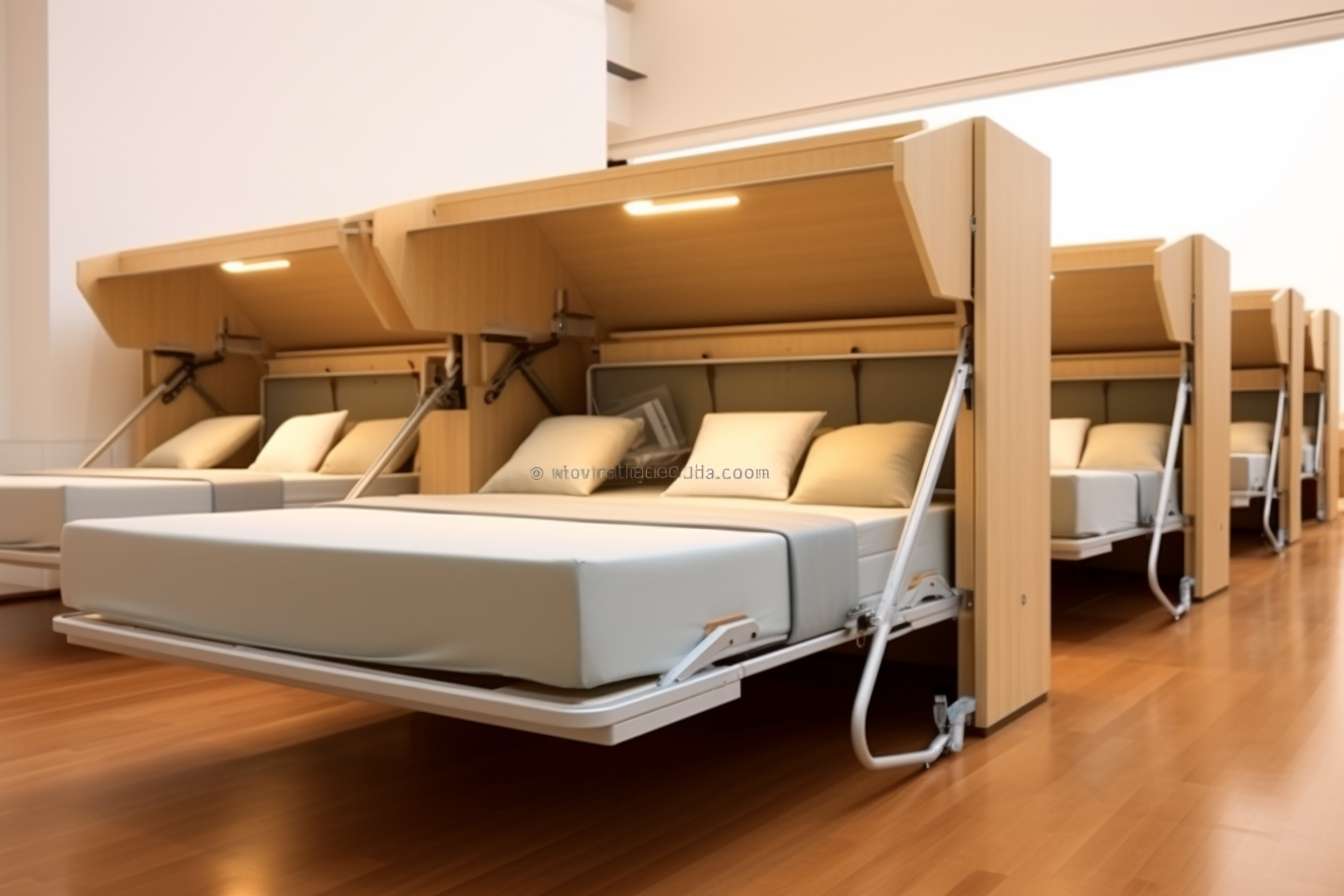Rehabilitation Care for Mobility, Recovery, and Health
Movement affects every part of daily life, from walking the dog to returning to work after an injury. This article explains how therapy that focuses on restoring movement supports healing, strengthens the body, and helps manage chronic conditions, with a look inside modern rehabilitation centers in the United States.

Restoring movement and function is a cornerstone of modern healthcare. In the United States, rehabilitation services that focus on movement address pain, stiffness, and the ability to participate in everyday activities at home, work, and in the community. Whether recovering from a sports injury, surgery, or a long-term condition, the approach is structured yet adaptable, blending hands-on care, targeted exercises, education, and long-term strategies to keep progress going beyond the clinic.
This article is for informational purposes only and should not be considered medical advice. Please consult a qualified healthcare professional for personalized guidance and treatment.
Understanding Physical Therapy: Mobility and Health
Therapists begin with a thorough evaluation, discussing symptoms, medical history, and personal goals before observing posture, movement, strength, balance, and flexibility. The plan that follows typically combines therapeutic exercise, manual techniques to reduce stiffness, and strategies that improve coordination and endurance. Education is integral: learning proper body mechanics, pacing activities, and setting realistic milestones helps protect joints and prevent flare-ups. A well-designed home program reinforces gains between visits. The result is a pathway that aims to boost mobility and overall health by addressing root causes, not just symptoms, and measuring progress with meaningful, functional outcomes such as walking tolerance, stair climbing, or safe lifting.
Role in Patient Recovery
Rehabilitation plays an essential role in patient recovery after orthopedic surgeries, sprains and strains, fractures, and neurological events. Early, guided movement helps protect healing tissues while preventing complications such as deconditioning or joint stiffness. For many people, “prehab” before surgery builds strength and range of motion, which can support smoother recovery afterward. In the post-acute phase, sessions may focus on restoring gait, improving joint motion, and retraining muscles that have become weak or inhibited. Clinicians coordinate with surgeons, primary care providers, and other specialists to align the plan of care and any activity restrictions. Progress is paced to tolerance and safety, with gradual advancement from basic tasks to complex, real-world activities that matter to the individual.
Personalized PT for Strength and Function
Personalization is a defining feature of effective care. A therapist tailors the program to the person’s goals—returning to work, running after children, gardening without pain, or climbing stairs with confidence. Strengthening plans often use progressive resistance with bands, free weights, and bodyweight exercises, paired with mobility work to address joint and soft-tissue limitations. Training may include motor control drills for precise movement patterns and endurance conditioning to support daily tasks. Education covers symptom management, activity modification, and self-monitoring. When appropriate, assistive devices such as canes or braces are fitted and trained for safe use. Many clinics offer options for home visits, telehealth follow-ups, or coordination with local services in your area to maintain continuity of care.
Managing Chronic Conditions with Expert PT
Chronic musculoskeletal pain, osteoarthritis, tendinopathy, and conditions like stroke, Parkinson’s disease, or persistent low back pain often benefit from structured, expert guidance. Programs emphasize graded exposure to movement, pacing to avoid symptom spikes, and strategies to reduce fear of activity. For balance challenges or fall risk, targeted exercises can improve stability, reaction time, and confidence. People with postural issues or spine complaints may learn core stabilization and ergonomic adjustments for workstations and household tasks. For endurance-limited conditions, carefully monitored aerobic training helps improve daily function. Education in self-management—sleep, stress, and activity planning—supports durable improvements; the aim is sustainable progress, not short-lived fixes.
Inside Rehab Centers: Tools for Healing
Modern rehabilitation centers blend tried-and-true methods with selective technologies. You’ll see resistance bands, dumbbells, cable systems, and medicine balls for strength; balance boards, foam pads, and parallel bars for stability and gait; and cardiovascular tools such as stationary bikes, treadmills, or upper-body ergometers for endurance. Some clinics use modalities like heat and cold for symptom relief, or electrical stimulation to assist muscle activation when appropriate. Manual techniques may include joint and soft-tissue mobilization to improve motion and comfort. Aquatic therapy pools can provide a reduced-weight environment for early movement after injury. Behind the scenes, outcome measures—like timed walking tests or strength benchmarks—help track progress and guide updates to the plan.
Essential Role of Physical Therapy in Patient Recovery
The essential role of therapy-focused rehabilitation extends beyond symptom relief to restoring participation in life. By combining assessment, targeted exercise, manual care, education, and practical problem-solving, this approach helps people rebuild capacity, confidence, and independence. In the U.S., services are available across settings—hospitals, outpatient clinics, home health, schools, and workplaces—with options to coordinate care with other professionals. When selecting a provider, consider licensure, experience with your condition, appointment availability, and clear communication about goals and home programming. Thoughtful progression and consistent follow-through often make the difference between temporary change and lasting improvement.
Conclusion Rehabilitation that prioritizes movement provides a structured, evidence-informed route to better function, reduced pain, and safer activity. With individualized plans, practical education, and tools that match each person’s needs, many people can recover from injuries, manage chronic issues, and return to the experiences that matter most in daily life.




